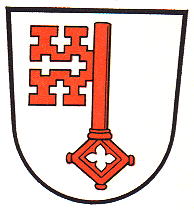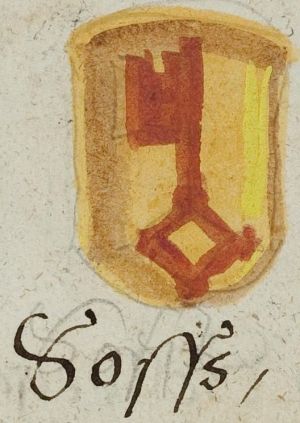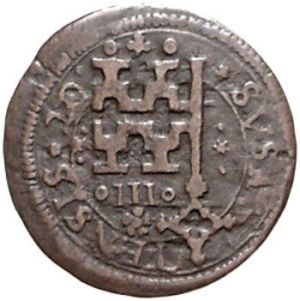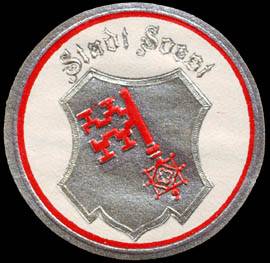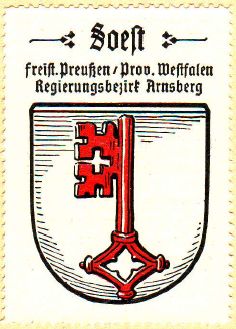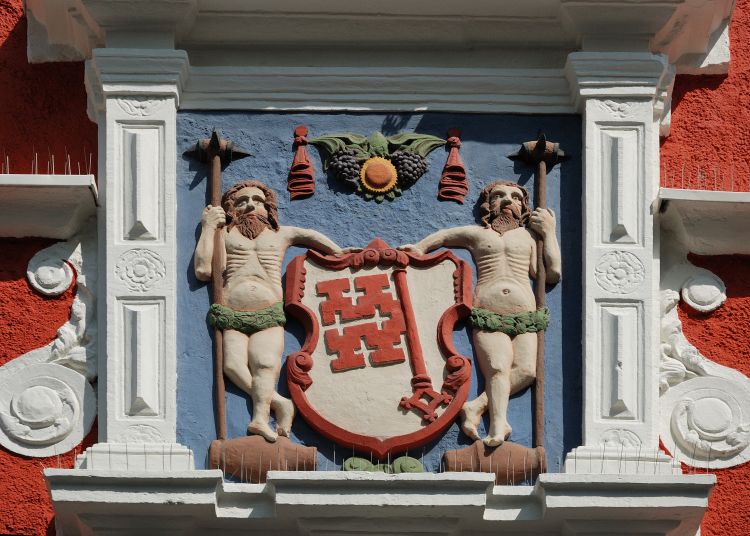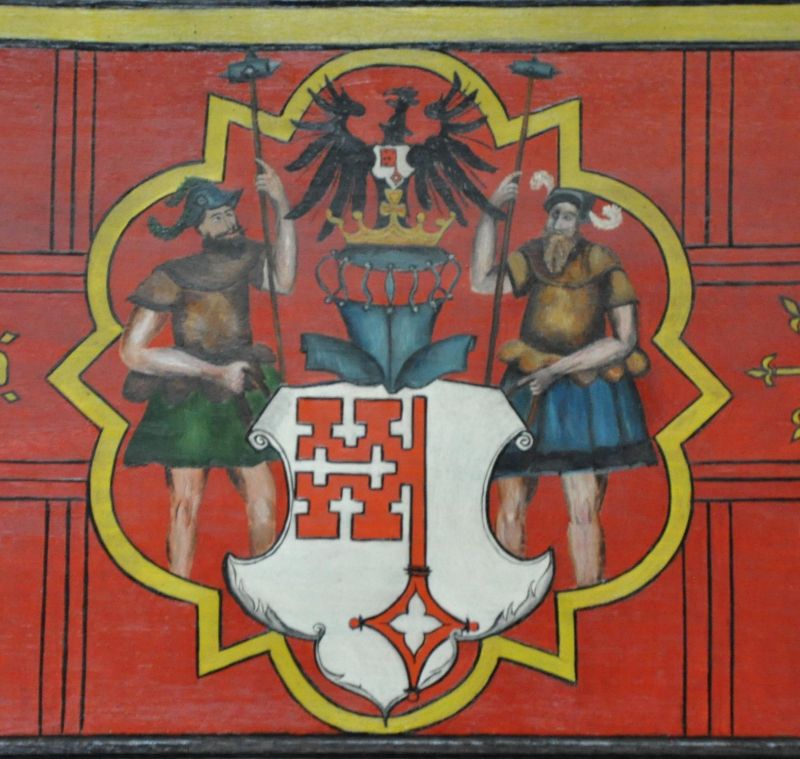Soest (Westfalen): Difference between revisions
Knorrepoes (talk | contribs) m (Text replacement - "{{media}}" to " {{de1}} {{media1}}") |
Knorrepoes (talk | contribs) m (Text replacement - "{{de}}" to "") |
||
| Line 1: | Line 1: | ||
'''SOEST''' | '''SOEST''' | ||
Revision as of 05:19, 27 December 2022
SOEST
State : Nordrhein-Westfalen
District (Kreis) : Soest
Additions : 1975 Ampen, Bergede, Deiringsen, Enkesen, Epsingsen, Hattrop, Hattropholsen, Hiddingsen, Katrop, Lendringsen, Meckingsen, Meiningsen, Müllingsen, Ostönnen, Paradiese, Ruploh, Röllingsen, Thöningsen
Origin/meaning
Soest is a rather old city, it received city rights somewhere in the 12th century. The city was part of the State of Köln, and the oldest seal (known since 1170) shows the patron saint of Köln, St. Peter, sitting on a throne, holding a key and church and sitting in front of a city wall. The second seal (known since 1229) shows the same composition. The contra seals showed the patron saint of the city, St Patroklus as a knight. The use of a single key as arms dates from 1375 and was continued even when the rule of Köln ended in 1444. The key is the symbol of St. Peter.
The great arms, used since 1520, show two knights as supporters and a crest with an eagle, as a symbol of St. Patroklus.
| The arms in a manuscript from 1514 |
The arms in a 16th century manuscript |
| The arms on a 1620 coin | |
| Seal from around 1900 |
The arms by Hupp in the Kaffee Hag albums +/- 1925 |
| The arms on the city hall (source) |
| The arms on Burgomasters chair in the St. Petrikirche, about 1547. (image by Hubert de Vries) |
Literature: Stadler, 1964-1971, 8 volumes.
